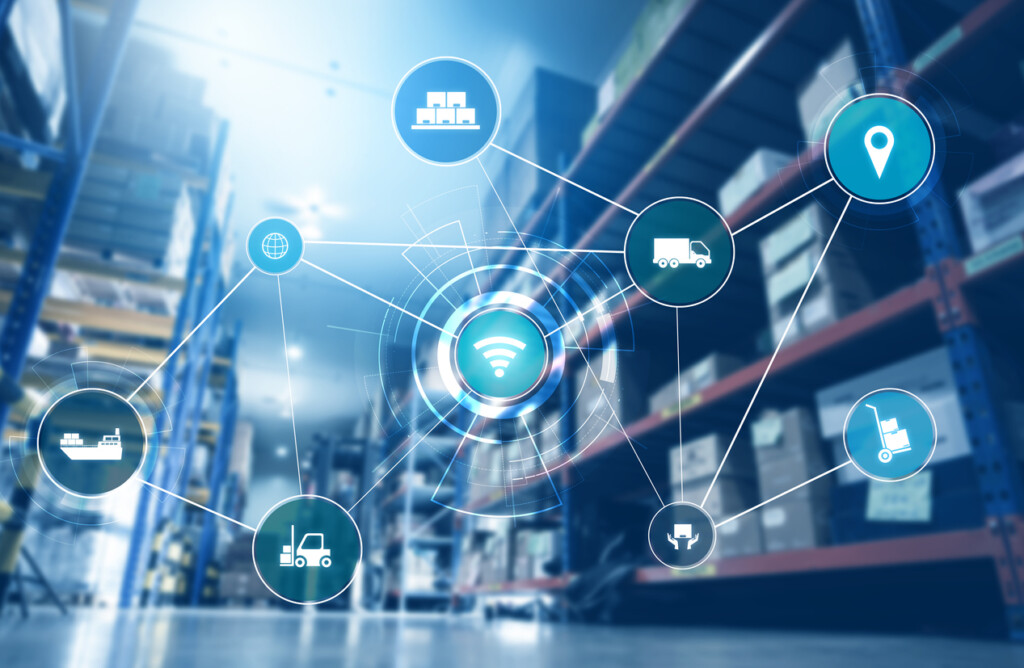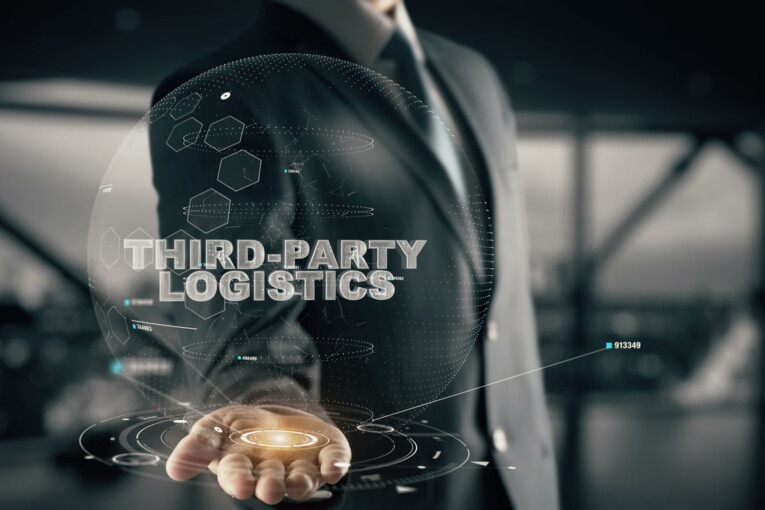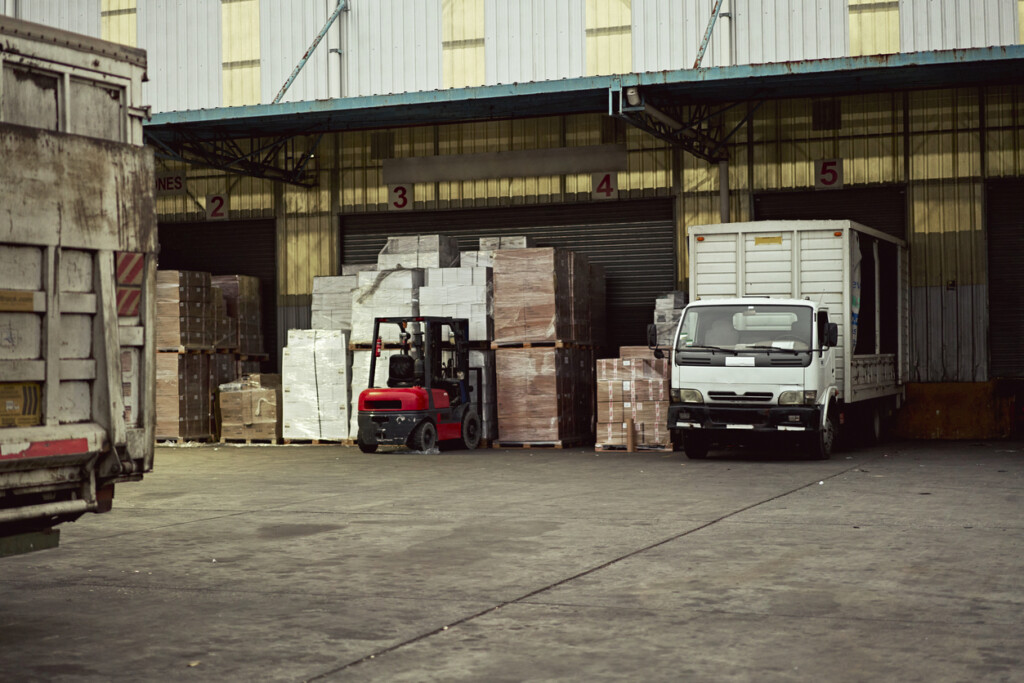A Brief History of Third-Party Logistics (3PL)
The modern-day web of global logistics and supply chain management is among the most complex constructs in the business world. Third-party logistics holds a quintessential place in our shared, global economy at each step along the supply chain, from sourcing raw materials for manufacturing purposes to last-mile shipping to the customer’s doorstep.
Tackling that level of complexity requires a serious investment of both time and money from business owners, however. To meet these evolving challenges, businesses have progressively come to rely on 3PL providers (and their updated 4 and 5PL variants) over the last 40 years. Today, we’ll focus on the history of 3PL, including the direction you can expect outsourced logistics to take over the next decade.
3PL: a Definition
Before we dive into the evolution of the logistics industry over the last few decades, let’s define our terms. What is 3PL, and what does its modern iteration look like?
3PL stands for “Third-Party Logistics,” which serves as an umbrella term for a wide array of services. In the early days, 3PL often revolved around niche logistical activities like warehousing and distribution, but in 2023, the term includes services such as:
- Omni-channel fulfillment
- Last-mile delivery
- FBA prep services
- Dedicated warehousing
- Kitting
- Order processing
- Pick and pack
- Retail compliance and consulting
- WMS integration
This is not an all-inclusive list, but it does represent a thorough cross-section of the services beneath 3PL’s banner. Therefore, a good working definition of third-party logistics is any outsourced service centered around warehousing, fulfillment, and shipping.
Logistics Across the Decades
In the decade spanning 2010 to 2021, the field of global logistics has grown exponentially. According to Statista, the industry generated more than $347 billion in revenue in the 2021 fiscal year alone. Allied Market Research believes that the industry will eclipse $2.8 trillion in revenue by the start of the next decade. No matter how you slice the data, outsourced logistics is on a skyward trajectory – and will be for the foreseeable future. To fully understand the industry’s vitality, however, it’s worth it to take a look at how far third-party logistics has come in a relatively short period of time. Let’s start with its origins.
The 1980s: the Genesis of 3PL
Up until the early 1980s, business owners handled all their warehousing and shipping activities in-house. Obviously, this approach placed a greater burden on manufacturers, suppliers, and other stops along the supply chain, especially where infrastructure is concerned.
Going into the new decade, there were only around 20,000 trucking carriers across the United States due to aggressive governmental regulations. However, the Motor Carrier Act of 1980 significantly reduced government intervention, eliminating key barriers that had previously prevented new trucking companies from entering the arena. This set the stage for third-party logistics companies to competitively enter the field of supply chain management.
As regulations eased and new technology came to market, 3PLs began to rise, offloading shipping and warehousing from large-scale corporations. In the early days, however, third-party providers often focused on a niche aspect of supply chain management rather than the comprehensive picture.
The 1990s: Expanding Your Global Footprint
Regulatory conditions in the 1980s opened the door for outsourced logistics, but this newly emergent industry finally went global in the 90s.
The goal of 3PL is to both offload and streamline complex logistical activities, allowing a company to focus more resources on its core products and services. The question “Do I outsource my shipping and warehousing functions,” is a matter of cost-savings. Is it cheaper to utilize someone else’s infrastructure or build out your own for the long term? One way to answer that question is through offshoring.
The political temperament in the 1990s opened up the United States to more offshoring opportunities, which in turn increased globalization efforts. In the 90s, third-party services began to span the entirety of the global supply chain, creating previously unthinkable business opportunities for manufacturers across the globe.
The 2000s: Technological Advancement and the 3PL
In the 90s, outsourced logistics grew in both size and scope. Over the course of the 2000s, however, 3PL grew in power and ability thanks to the rapid advent of new technologies. During the early 2000s, the internet became a mainstream public tool. The interconnectedness that it brought helped third-party providers to expand their reach, improve their efficiency, and increase their range of service offerings, all on a global scale.
During this era, the concept of the 3PL moved from a regional –or extra-regional– service to accommodate large-scale inventory management across a global footprint. In addition, new digital technologies such as the warehouse management system(WMS) and enterprise resource planner (ERP) first emerged, giving huge manufacturers and distributors an eye-in-the-sky viewpoint of their internal operations.

The 2010s and Beyond: The Future of 3PL
Over the last decade-plus, the name of the game has been digital integration. 3PL providers have built out robust inventory management systems, and ever-expanding distribution networks using a variety of innovations with automation, AI, and machine learning at their core. In fact, newer, leaner operating models such as 4PL and 5PL have begun to emerge as a result.
4PLs, for example, don’t actually supply a company with outsourced infrastructure. Instead, they work to develop a network of warehousing and transportation providers that they can link to businesses in need. A 5PL works to integrate end-to-end logistical solutions, managing a company’s entire interaction with the global supply chain rather than limiting its services to warehousing and shipping only.
Developing new ways of approaching and finessing the global supply chain is necessary in this day and age. We’re in the middle of an era where unprecedented external factors have disrupted the global supply chain to a huge extent. Thinking outside the box, reimagining supply lines, and correctly purposing your assets is the end goal of modern third-party logistics.
The Final Word on Outsourced Logistics
Outsourced logistics has rapidly matured over the last four decades. From its humble origins as an alternative to warehousing and shipping to the broad spectrum of services now included, 3PL has become a central component of our global supply chain.
Despite an all-out assault from a variety of societal factors and natural disasters over the course of the last three years, the industry continues to surge forward. Its greatest challenges include building systems of redundancy to safeguard against future supply chain stressors, as well as the ethical and efficient integration of AI and other technology aimed at automation. Contentious topics like these will drive the industry’s evolution over the next decade as we write a new chapter in the history of third-party logistics. Symbia Logistics can help. Please contact us with any questions regarding outsourced logistics implementation.
FAQ
How do businesses determine when to switch from in-house logistics to a 3PL provider?
Businesses might consider switching to a 3PL provider when they encounter challenges managing their logistics efficiently, such as during rapid growth, seasonal peaks, or when expanding into new markets. The decision often revolves around the need for specialized logistics expertise, technology, and infrastructure that a 3PL can offer to optimize operations and reduce costs.
Can a business fully customize its logistics services when working with a 3PL provider?
Yes, most 3PL providers offer customizable logistics solutions tailored to the specific needs of their clients. This flexibility allows businesses to choose which parts of their supply chain management they want to outsource, ranging from warehousing and distribution to transportation and order fulfillment, ensuring that the services align with their operational goals and customer expectations.
What are the long-term benefits of partnering with a 3PL provider for a business?
The long-term benefits of partnering with a 3PL provider include cost savings on logistics and warehousing, access to advanced technology and logistics expertise, improved efficiency and scalability of operations, and the ability to focus on core competencies and strategic growth. Additionally, 3PL partnerships can enhance customer satisfaction through better service levels and faster delivery times.






